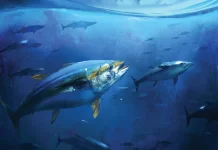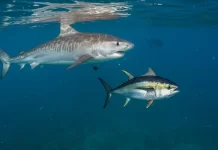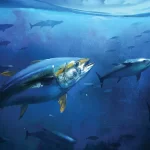The first day of November is also the first day of the South Pacific cyclone season.
Last season taught humanitarian and emergency personnel that they need to be prepared to respond as early as possible. When severe tropical cyclone Yasa hit Fiji last December as a Category 5, it was the earliest in the season that a cyclone of that strength had made landfill.
NIWA’s forecast of cyclone activity this season indicates that between 9 – 12 named cyclones could occur between now and the end of April. Expect above normal activity in terms of the frequency of cyclones that get so strong that they also get a name. This will occur during a time when Pacific borders remain shut, and when Pacific emergency responders are still dealing with the ongoing impacts of the Covid pandemic.
It is key that any public response, particularly during cyclone season, supports the strengthening of the local economy and leadership in the Pacific, and utilises the robust networks and systems that are already in place.
At the Council for International Development’s (CID) annual conference last week, both Cook Islands Prime Minister Mark Brown and Samoan Prime Minister Fiamē Naomi Mata’afa called for New Zealand to ‘use country systems’ and support locals when responding to a cyclone.
CID, in partnership with the World Food Programme (WFP) continues to encourage the New Zealand public to donate as effectively as possible following a disaster. New resources developed in collaboration with National Disaster Management Offices in the Pacific is designed to help get this message to the public. Feedback is also important.
“We must support and learn from those most directly impacted by the aftermath of cyclones. No one knows better than Pacific authorities and communities in-country, and the Pacific diaspora here in New Zealand, on how to respond following an emergency,” says Aaron Davy, Humanitarian Manager at Council for International Development.
Unfortunately, too many containers filled with unrequested and unneeded goods continue to be sent by the New Zealand public following a devastating cyclone. After Tropical Cyclone Pam (2015) and Tropical Winston (2016) hundreds of containers filled with teddy-bears, bottles of water, perishable food and second-hand clothing were sent to the Pacific. Over half of donated goods end up in Pacific landfills.
“Remittances continue to play a critical role following a Pacific crisis. Cash remains best, but we know this is not always possible for some, plus there are sometimes cultural reasons for sending goods. So for us, supporting Pacific networks is also part of supporting community responses and resilience both in the Pacific and in New Zealand.”
CID has translated fact sheets on supporting remittances and ‘five ways to help’ if giving cash is not an option. These are currently in English, Samoan, Fijian and Bislama languages, and available on the www.donateresponsibly.com website. More Pacific translations are on the way over the next month, as well as a roadshow to engage with Pacific community groups.
“It is even more important we know and do what helps this cyclone season. The negative impacts of the covid pandemic and associated lockdowns have not changed, but we can change the way we listen to and support the Pacific region following an emergency, said Davvy.
SOURCE: SCOOP NZ/PACNEWS














